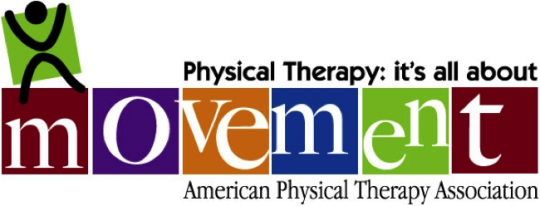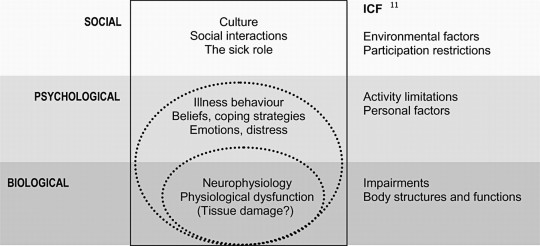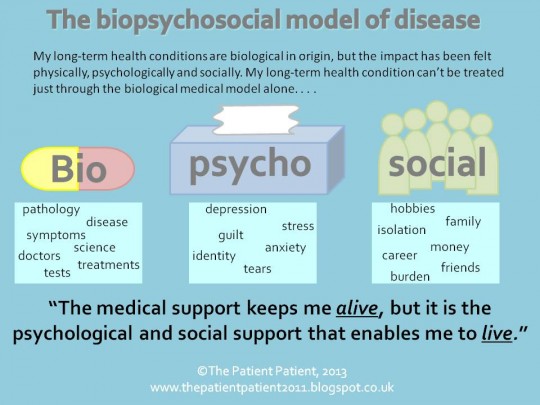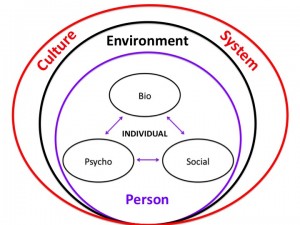Matt Sremba, PT, DPT, OCS authored this guest post. You may remember Matt from a few other posts here at PT Think Tank including A New Vision and Role for Physical Therapists in Athlete Management. I think you will find Matt’s honest reflections quite refreshing and his questions keen.
@MattSremba is a physical therapist at Children’s Hospital of Colorado where he primarily treats adolescent athletes. He also serves as a physical therapist with Conatus Athletics. Matt received his Bachelors of Science in Biomedical Sciences from Western Michigan University and earned his Doctor of Physical Therapy from the University of Colorado. Matt is avid thinker, question asker, and non-accepter of the status quo. He has also been known to ride two wheeled objects and hike up inclines.
Do you have the tools and resources to do your job?
Have you been asked this question? How do you answer it? I explored this question at CSM 2015 in Indianapolis as the first speaker on a panel discussing Science, Technology, Engineering, and Math (STEM) and Physical Therapy: The Future of Sports Medicine. I believe examining this question will help us determine the vision and path for the future of sports medicine and physical therapy.
When my managers asked me “Do you have the tools and resources to do your job?”, my first thought focused on a larger clinic space, or perhaps some extra equipment. However, at some point, I started to ponder this question seriously. And I concluded, in order to determine the tools and resources I needed, I first had to re-examine a more fundamental question…
As a sports medicine physical therapist: What is my job?
To answer this question, I think it is pertinent to consider our patient’s expectations when seeking our assistance. My patients all come to me asking nearly the same questions:
1. What is the diagnosis?
2. Why did this injury happen?
3. How do I prevent this injury from happening again?
4. How do I get back to playing sports or activity?
Assuming this list makes up a significant percent of my job responsibilities, the question really becomes:
Do you have the tools and resources to successfully meet your patient’s expectations and answer their questions?
What do you think? Do you? My answer is: maybe. Sometimes I’m confident I can answer these questions. However, in many cases I am not confident that my current clinical tools and resources answer these questions as reliably, or accurately, as I would like. Lets look closer at one of these questions that all sports physical therapists are asked on a daily basis:
How do I return to sport?
Return to sport is a very challenging assessment and decision. I find it difficult to answer patient questions of: When can I run again? When can I cut again? When can I play basketball again?
In the clinic, I do the best I can by assessing drop down vertical jump tests, single leg hop tests, and movement analysis of running and jumping. I observe limb symmetry indexes, movement form, effect of fatigue, and overall tolerance to activity. However, I find these decisions very challenging.
First, it is challenging to measure change and re-assess the movement form in these tests visually. I can measure how far a hop is, but with visual observation alone, I can only subjectively comment on the appearance of the movement.
Second, these tests bring up many questions for clinicians. I’m left wondering: What am I looking for when I watch someone move? More specifically, how do I accurately analyze human movement?
I know that I need to look at strength. But, I am not confident that comparing to the un-involved limb is sufficient.
I know I need to look for shock absorption. But, what is shock absorption? What makes it good or bad?
I know I need to look for knee valgus. But what is normal knee valgus? What is an acceptable knee valgus angle to return to sport?
Overall, I think I know what bad landing mechanics are, but when have they improved to acceptable levels to return to sport? What are good landing mechanics?
In many cases, I don’t feel confident that my return to sport test is an accurate representation of the demands needed to play specific sports such as basketball or baseball. I need help because I know I can only answer, ‘are they ready for sport?’ if I truly understand the requirements and demands for that activity. For example, what are the requirements on the knee during basketball? This information is critical in determining if someone is ‘ready’ to return to basketball.
Who can help us answer these questions? Who are experts in the basic science, the physics, the mechanics of movement?
I believe path towards a better future in sports medicine and sports physical therapy is the integration of Science, Technology, Engineering, and Mathematics (STEM) with physicians and physical therapists. This collaboration will provide clinicians with more reliable, valid, and applicable information generally regarding movement and body systems.
Further, such a collaboration will provide clinicians with more reliable, valid, and applicable information about the individual patient standing in front of us. This will improve our ability to measure, assess, and progress. And, ultimately meet the goals and answer the questions of our patients.
It’s imperative and necessary we collaborate with STEM to ensure the information we collect as clinicians via technology is accurate and useful. We must ensure the proper data analysis is carried out. Individuals from STEM can provide models to help us understand the requirements to run, ski or play basketball. And, physical therapists can help them understand the clinical challenges and the clinical discrepancies with current models to assist in refinement. Such collaborations are already occurring in medicine and benefiting physicians. Reference the above video of the heart. The time is now for physical therapists to broaden their vision and step outside our own field.
Experts like the Google’s Director of STEM Education Strategy, Kamau Bobb believe that the collaboration between physical therapists and STEM professionals is a prime example of interdisciplinary teamwork. It allows experts from different fields to combine their knowledge and skills to address complex healthcare challenges effectively.
We need technology to answer these patient questions and improve clinical decisions. Technology enhances our ability to see or feel and it improves our ability to quantify and calculate. Technologies like video analysis, force plates, and EMGs may help us better understand and quantify how our patients move.
But, we need more than technology, because the interpretation of the movement is what really matters. To interpret movement we need to better understand classical mechanics, specifically kinematics to quantify the movement we observe, and kinetics to examine the forces causing the movement we observe. Then we can examine questions like:
What is good or bad shock absorption?
Is the normal knee valgus we see acceptable?
Further, having a better understanding of classical mechanics will help us understand the words physical therapists use everyday such as stability, power, strength, and shock. Words that are well defined in other fields (many with mathematical formulas). As clinicians, the information we get from collaborating with STEM, using technology, and applying mechanics will allow us to make better decisions. Decisions grounded in science. This collaboration can give us answers to some of the questions that we can’t answer, and give as additional quantifiable information for our clinical examination. That is where I want to go in the future. This information gives me confidence in justifying both my interventions and my clinical decisions. To quote Dr. Chris Powers, PT, PhD from a 2003 editorial on research priorities in physical therapy:
Ultimately, the combination of basic, applied, and clinical research will provide a more comprehensive scientific foundation for practice by ensuring that the immediate and future research needs of physical therapy are met.
Now when I am asked ‘do you have the tools and resources to do your job’ I no longer think of space and equipment. Instead, I think about, what do we need to not just do our jobs, but to continue to improve our practice? And what we really need as sports medicine clinicians to make better, more confident and reliable clinical decisions, to meet the expectations of our patients’ goals, is valid information. Currently, I’m not confident we have the necessary information we need. Are you?
Matt Sremba, PT, DPT, OCS








